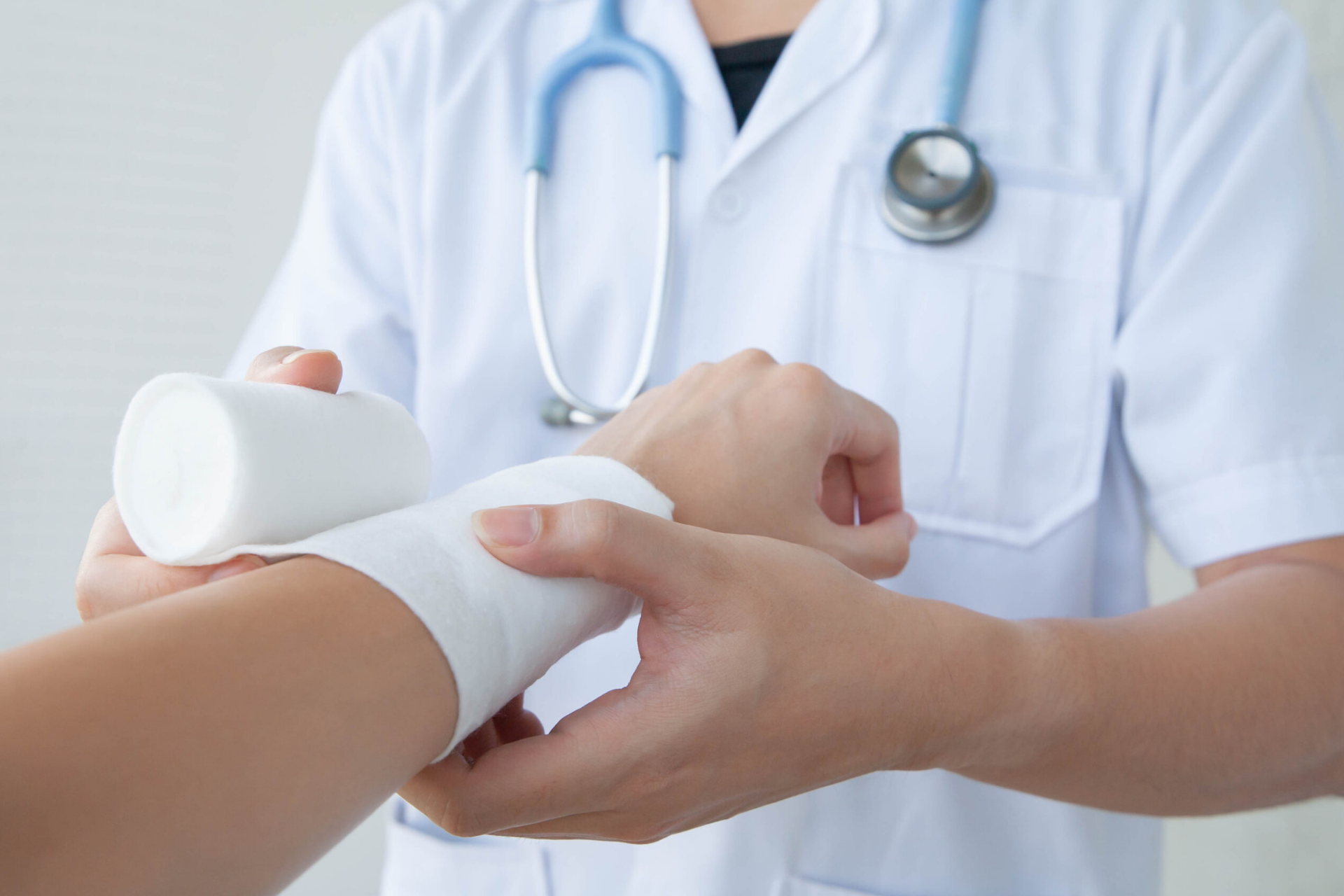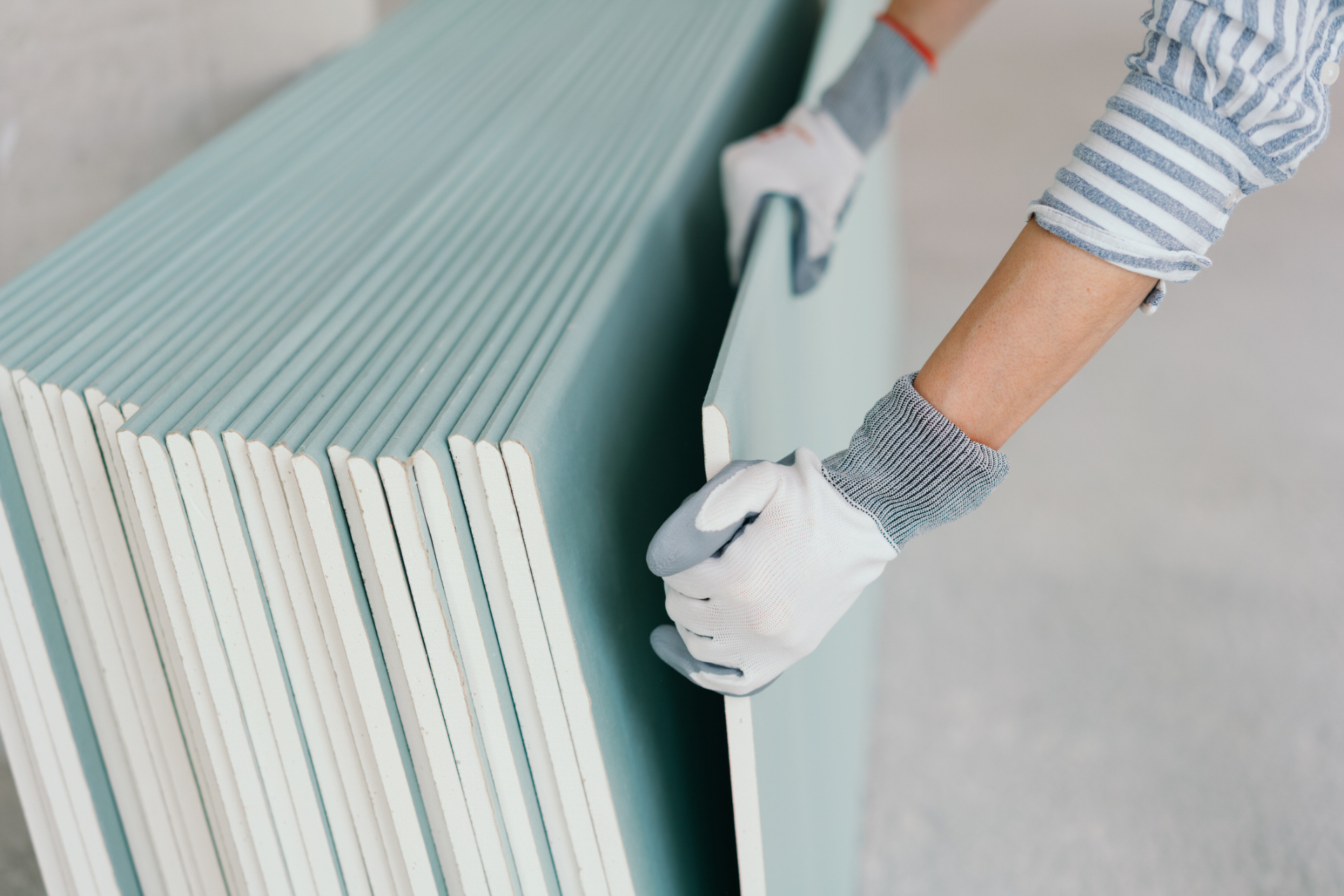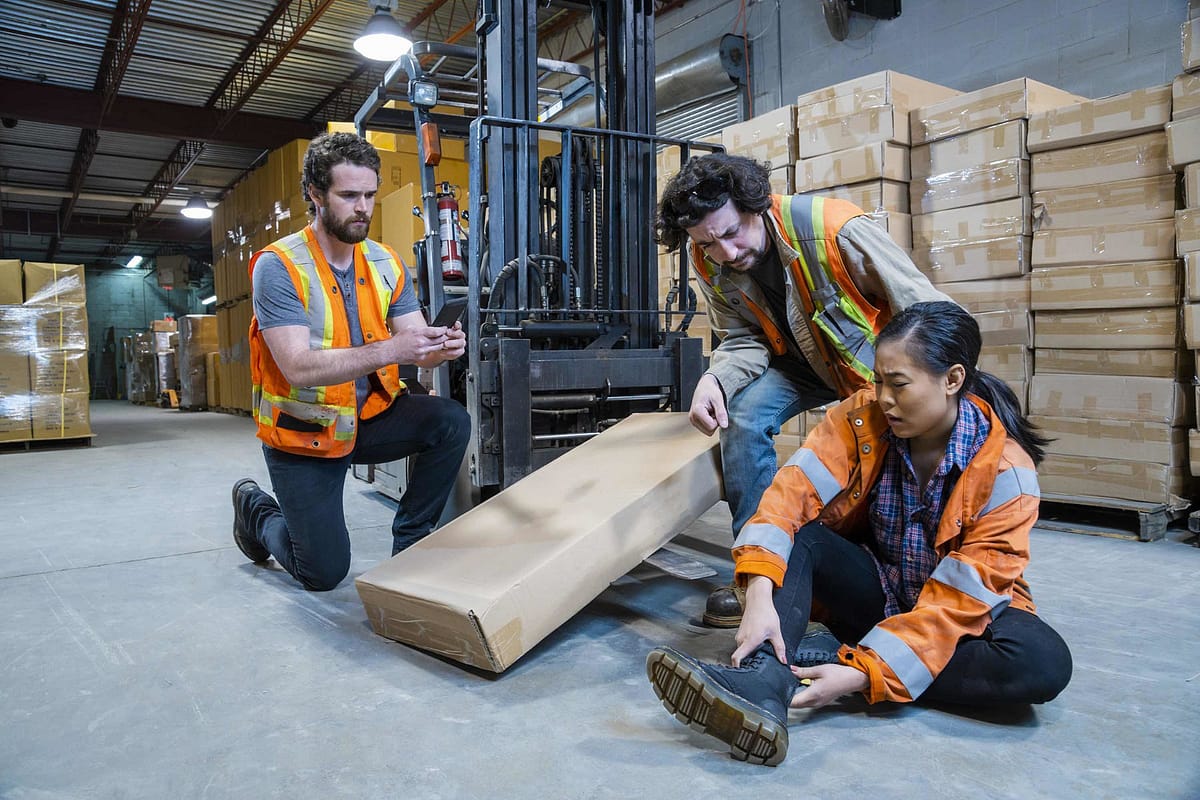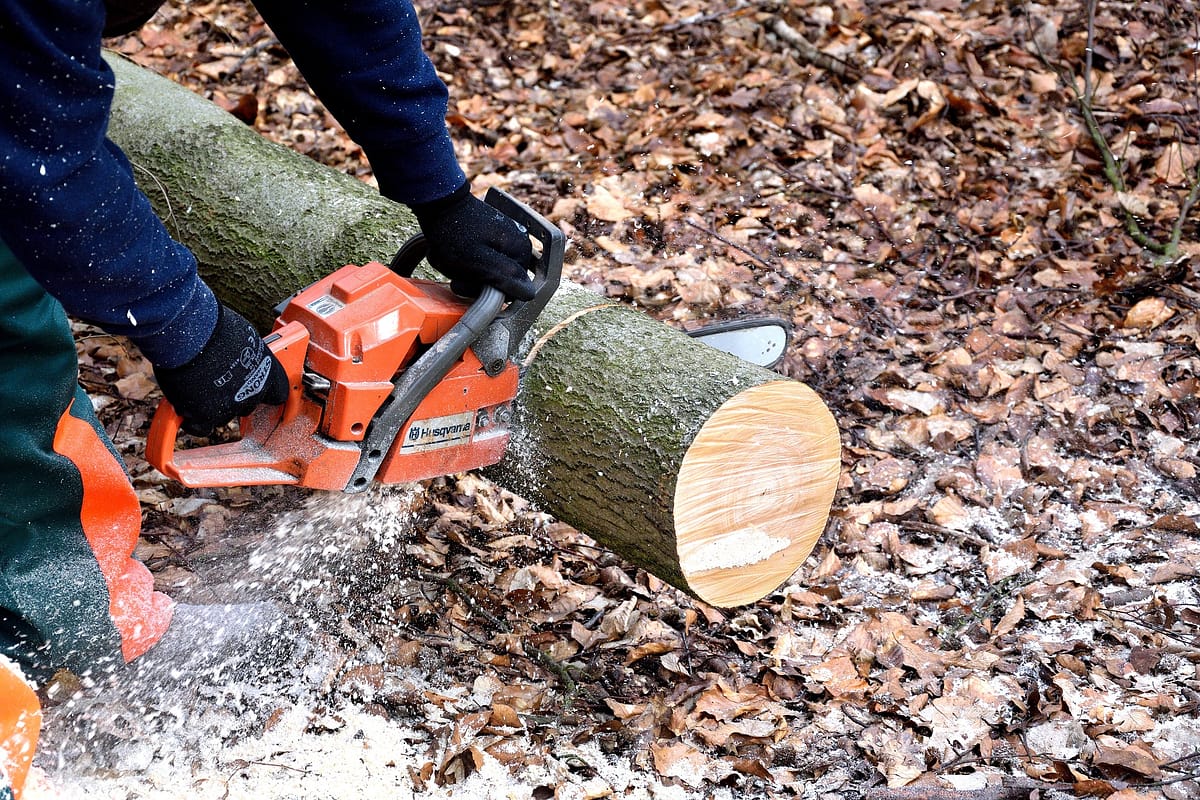Toolbox Talk: First Aid for Burns
November 30, 2020

A burn can be painful or painless, according to the degree. The degree of a burn is determined by its location on the body and the number of skin layers affected. A burn can be caused by heat, electricity, chemicals, or radiation. The first response in a burn situation is to stop the heat source or break contact between the heat source and the skin. The body holds in the heat and continues to burn until the skin cools. In many cases you can cool the burn with water. Unless told to by a medical professional, never use butter or ointments; they seal in heat and may cause infection. If blisters form, they should not be broken because they protect the burn from infection.
For heat or thermal burns, rinse the burn (without scrubbing) or immerse the affected area in cool water until the pain is gone. With a sterile cloth pat the burn area dry then cover. For accidents involving drenching by a hot liquid, remove the liquid-soaked clothing or place clothed victim in water bath or shower. Smother any burning clothing by dropping the victim to the ground and rolling them. Never peal stuck clothing from a burn.
In cases of electrical burns, turn off the electric power at the source. Do not touch the victim until all wires are clear. Avoid contact with the electric current while removing the victim. Make sure the victim’s breathing and heartbeat are regular. Treat the victim for shock and make sure they get medical attention. Check places where the electricity entered and exited the victim’s body. Treat minor burns with cool water and have the victim seek medical attention.
With chemical burns, locate the chemical container and follow the label directions for emergencies. Consult the chemicals Safety Data Sheet (SDS) or call the Poison Control Center. Remove any contaminated clothing. If the eyes have been affected, flush them for 30 minutes. For acid chemicals, immediately flush the affected area for 15-20 minutes. For dry chemicals, brush the chemical off the skin then flush the area for 15-20 minutes. Make sure the victim seeks medical attention.
The severity of a burn may not be obvious for up to 24 hours and infection may occur if improperly treated.
Always seek medical help if the victim:
- shows symptoms of shock
- has head or neck burns or has trouble breathing
- has burns on the hands, feet or groin (making muscle and ligament damage more likely)
- if second or third degree burns are present
- if victim is over age 60 or under 5 years of age
Before an accident happens, know the location of the first aid kit, the nearest telephone, and medical facility. Burns can be painful and cause irreparable damage in seconds. You must be able to respond appropriately and get medical help as quickly as possible.
Source: https://www.statefundca.com/Home/StaticIndex?id=https://content.statefundca.com//safety/safetymeeting/SafetyMeetingArticle.aspx?ArticleID=45
![BLM Stripes Brand [Recovered]](https://mlijpfrvxa9g.i.optimole.com/w:1920/h:241/q:mauto/ig:avif/f:best/https://blmconstruction.net/wp-content/uploads/2021/06/BLM-Stripes-Brand-Recovered.png)







